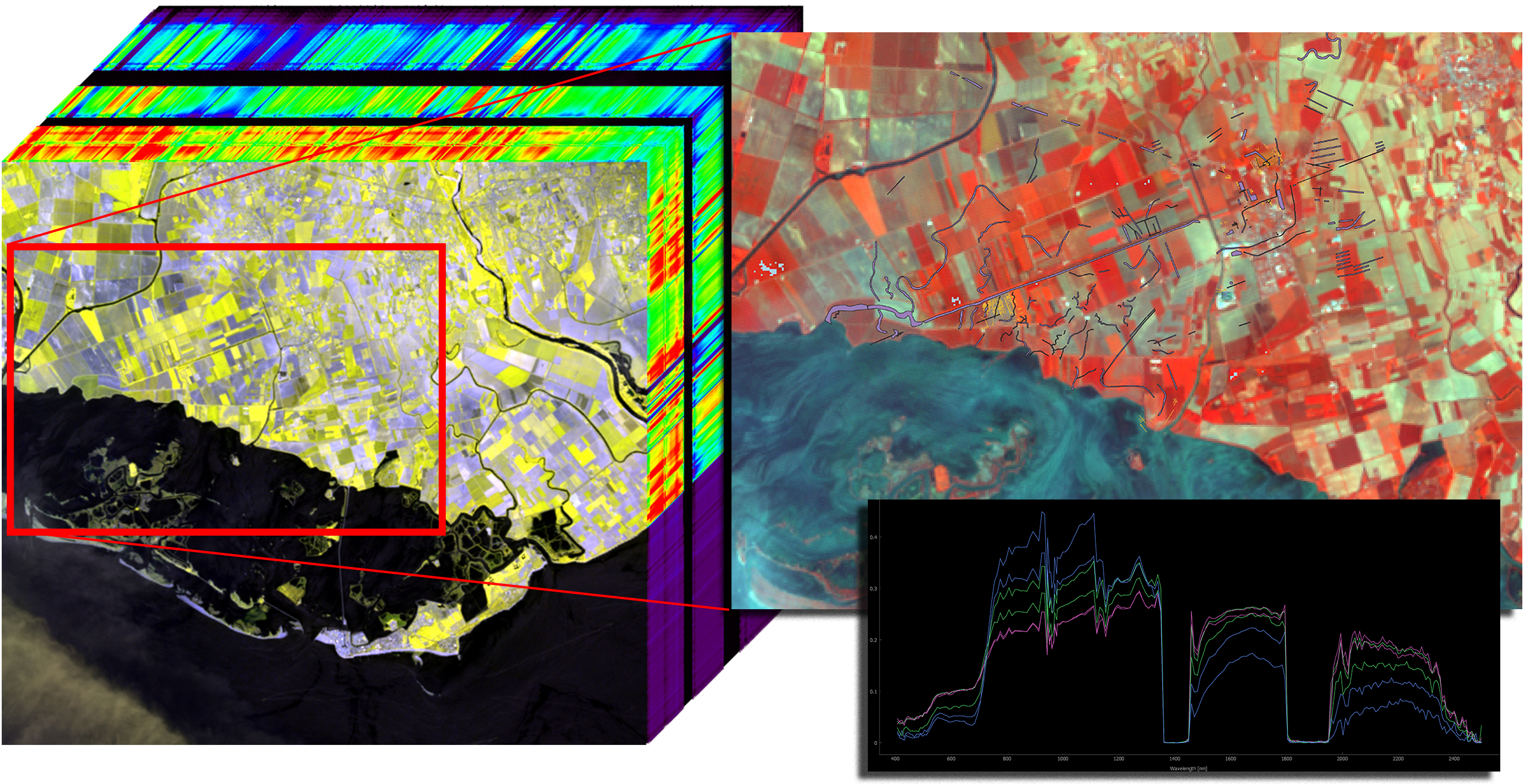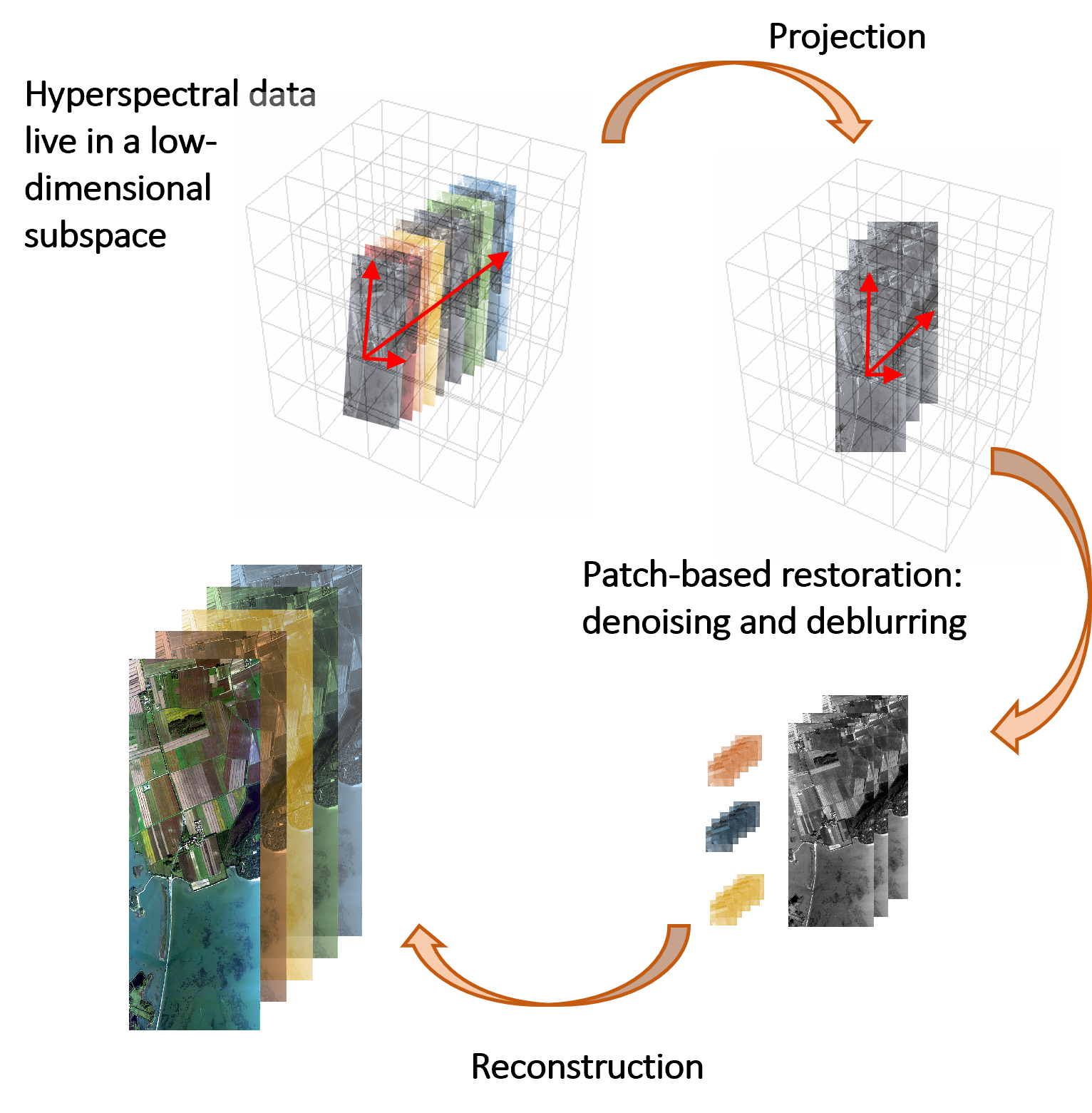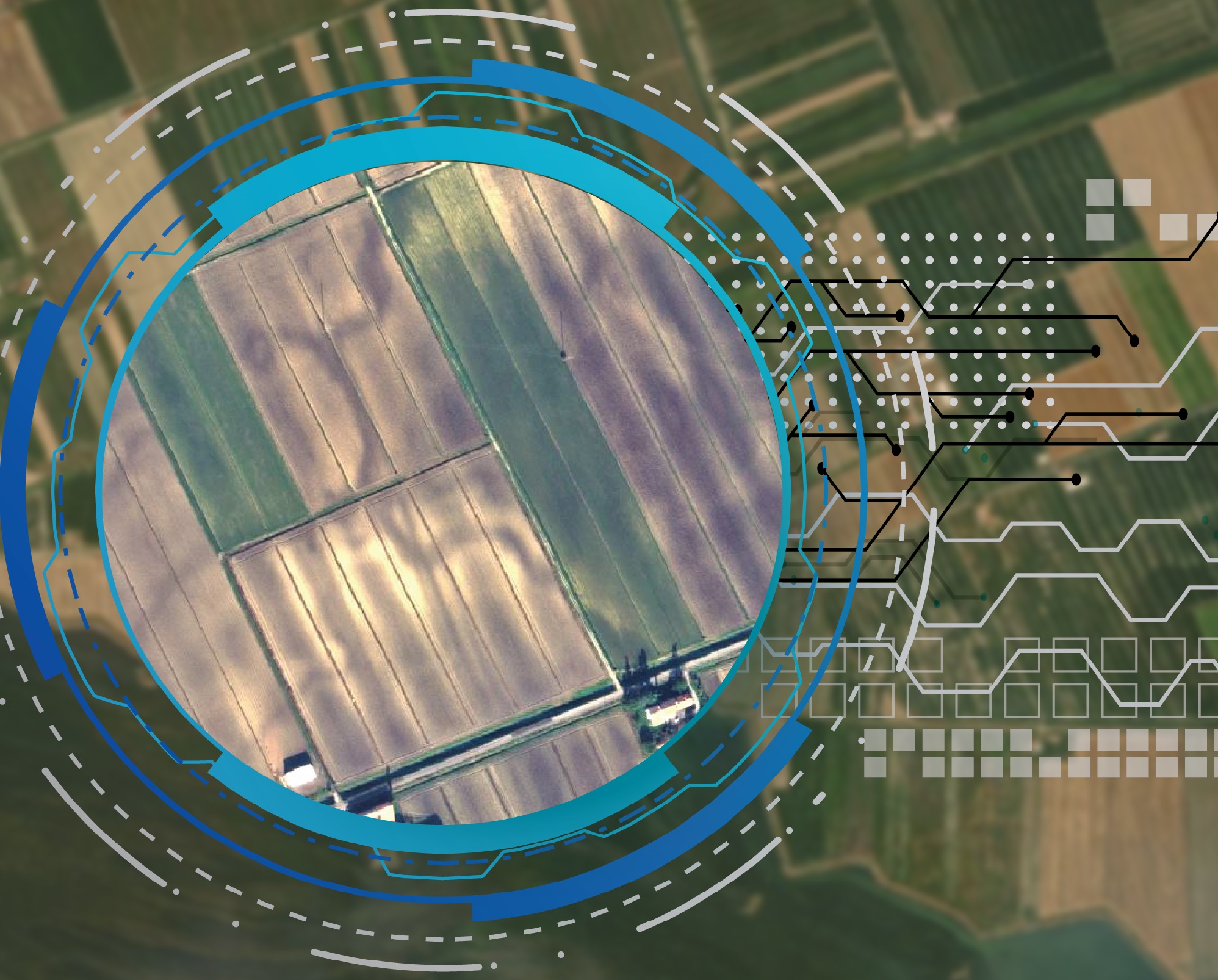Overview of the project
Subsoil cultural heritage sites can be detected in Earth Observation (EO) data using sensors like multispectral, hyperspectral, and radar. These sites affect soil and vegetation in ways that create detectable anomalies in imagery. By preprocessing and enhancing EO data, buried archaeological features can be identified through their distinct spectral signatures.
PERSEO's main objective is to evaluate the applicability of PRISMA hyperspectral data in the field of Cultural Heritage, specifically in identifying unknown subsoil CH sites, settlements, landscape infrastructures, and monuments. To accomplish this research agenda successfully, the project will pursue the following specific objectives:
-
Develop new and enhance existing super-resolution methods for hyperspectral images (HSIs) to enhance their spatial resolution.
-
Design an unsupervised Deep Learning architecture for anomaly detection, enabling automatic identification of sub-surface or hidden Cultural Heritage sites using Earth Observation (EO) hyperspectral data.
-
Implement an AI software library that automatically detects sub-surface Cultural Heritage sites from EO data.

Work Breakdown Structure
The project has a duration of 24 months and encompasses scientific activities divided into 6 Work Packages (WPs).
WP 1: Aims to identify user scenarios, detect user requirements, and characterize and select archaeological sites of interest. This work package sets the foundation for the research conducted in the subsequent work packages.
WP 2: The development of super-resolution methods for HSIs focuses on exploring existing techniques and developing new image fusion methods to enhance the spatial resolution of provided hyperspectral images. Additionally, it involves utilizing panchromatic data to develop a semi-blind image fusion technique.

WP 3: Machine learning for automated detection concentrates on developing anomaly detection algorithms for hyperspectral images. The goal is to automatically detect subsoil Cultural Heritage sites by leveraging the labelled archaeological features detected through visual inspection of PRISMA images and other high-resolution multispectral images. For this task unsupervised and semi-supervised approaches using autoencoders are tested, as well as unmixing methods.

WP 4: This step involves detecting new archaeological features through visual inspection and analyzing the features of interest extracted through the automated detection Machine Learning method from WP3. The aim is to validate these potential archaeological features by mapping them in a preliminary Map of Archaeological Impact Assessment.
WP 5: Project Management ensures the necessary coordination of research activities. It involves monitoring the project's progress through periodic evaluations and maintaining contact with ASI through the project coordinator.
WP 6: Dissemination, Communication, and Exploitation aims to maximize the impact of PERSEO through effective communication and outreach campaigns targeting various audiences. It involves disseminating the project's scientific and technological results and ensuring the sustainability of the project's outcomes.
